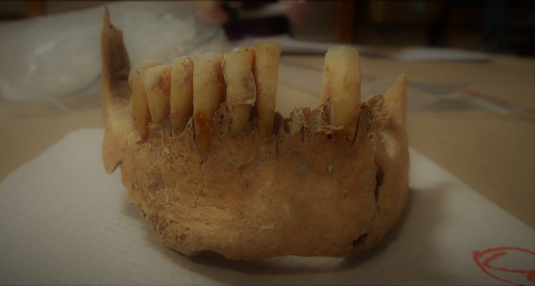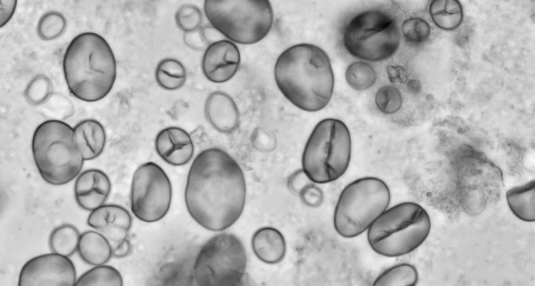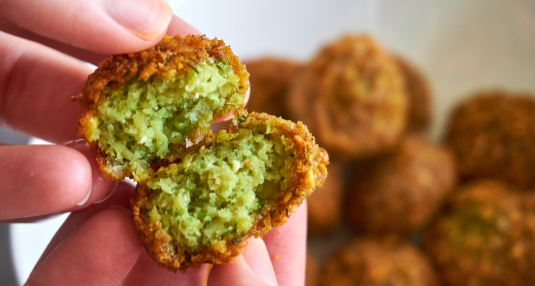About
The aim of PEKULI is to understand the diversity and dynamics of individual human nutrition at a key site in the Bronze and Iron Age Eastern Mediterranean, the tell of Kamid el-Loz in the Lebanese Beqa Plain. The project is based on the bioarchaeological analysis of the burials excavated at the site under Rolf Hachmann. By integrating the analysis of plant micro-remains (phytoliths, starch grains) in human dental calculus with the analysis of stable isotopes (C, N) in the bone collagen of the same individuals, we will show what contemporaneous people living at Kamid el-Loz ate and how dietary practices changed from the Middle Bronze Age to the Persian period from ca. 1800 to 400 BC.
We will combine our bioarchaeological results with the extensive results of the previous excavations and further bioarchaeological analyses which is ongoing currently at the Max Planck Harvard Research Center for the Archaeoscience of the Ancient Mediterranean (MHAAM) at the Max Planck Institute for the Science of Human History in Jena (MPI-SHH). In this way, we will be able to combine individual dietary practices with age, gender, social status, kinship, and mobility of the deceased individual, but also with the large-scale processes of cultural change in the Bronze and Iron Age Eastern Mediterranean. These results will shed new light on early East Mediterranean cuisine and the dynamics of its continuous change.
The research carried out by PEKULI is funded by the Ministry of Education and Research (BMBF) under the Small Subjects– Great Potentials funding measure in the humanities and social sciences (duration: 2020-2023).
Photo courtesy of S. Eisenmann and A. Mötsch
The skeletal remains to be studied in PEKULI project arrive from the large cemeteries excavated under the direction of Rolf Hachmann in the years 1966-1981. The collection is currently located at Göttingen University where it was studied by Prof. M. Schultz
Photo by S. Gur-Arieh
Cicer sp. (chickpea) starch granules under plane-polarized light, X400 magnification
The dental calculus is analyzed to recover microscopic plant remains, especially starch granules and phytoliths (silicified plant cells), which are studied and compared to modern plant reference collections.
Photo by Anton @uniqueton on unsplash
Falafel - a common contemporary middle eastern dish
From the plant microremains, together with stable isotopes from the same individual bone collagen, we can learn about the role of plants in the diet of the site inhabitants, which would be almost invisible otherwise.




